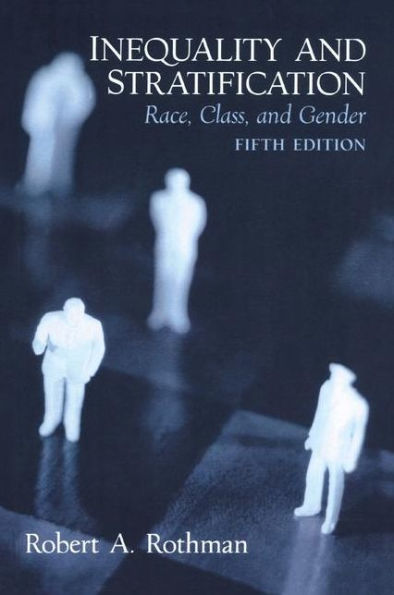The dawn of the twenty-first century was typically greeted with fireworks and great fanfare around the world, but that optimism could not be sustained much past January 1, 2000. A series of catastrophic events conspired to alter the face of the nation and the world. Among the most spectacular were the terrorist attacks in New York City and Washington, D.C., the collapse of corporate giant Enron, the failure of countless dot.com companies, a lagging stock market, and the war in Iraq. These events have had a dramatic impact on nations and their peoples—companies have floundered, jobs have been lost, and retirement savings depleted.
This edition considers the implications of twenty-first century events. It also incorporates up-to-date information and research in keeping with the expansion and elaboration of the discipline. Importantly, it benefits from access to data from the 2000 census. Although the American experience remains the central emphasis of this work, the scope has been broadened to include more attention to global inequality and social stratification.
The basic format introduced in earlier editions has been retained. Part One provides a broad overview and introduction to the field. Part Two is an expanded discussion of the evolution and institutionalization of industrial class systems. The three chapters that focus on the basic elements of inequality—economics, prestige, and politics—define Part Three. Part Four includes separate chapters on life chances and lifestyles as well as class consciousness. Social mobility is the subject of Part Five. However, the approach is flexible enough to allow faculty to reorder the chapters to fit their personal styles and preferences.
This edition, like earlier ones, is written with the undergraduate .student in mind. It is intended to provide the fundamentals of social stratification for undergraduates in a concise and readable format. Key Concepts are highlighted with bold type in the text and listed at the end of chapters to facilitate review. Consequently, it may be used in different ways, as a basic text for stratification courses, or in newer sociology courses that focus on the intersection of class, race, and gender courses in stratification, or as one component of courses such as introduction to sociology, social problems, race and minorities, or gender studies. The format makes it convenient to combine it with any of several useful anthologies.
Any book that attempts to lay out the fundamentals of an area as broad and complex as stratification cannot elaborate all the areas of debate and controversy. Therefore, more advanced students are directed to the material contained in footnotes and annotated Suggested Reading sections for the resources needed to explore these issues in more depth and detail. And, consistent with the emphasis of the digital revolution, a listing of useful web sites can be found at the end of each chapter.
I would like to extend my thanks to the following people who commented on earlier editions of this work: Glenna Colclough, University of Alabama-Huntsville; Joel Franks, San Jose State University; Tracy E. Ore, Saint Cloud State University; Myron Orleans, California State University-Fullerton; and Nancy Horak Randall, Wingate University.
Robert A. Rothman







